Intimate Infrastructure: Support for Place Making

Our aim then is to design an infrastructure that would support acts of place-making which are constantly asking questions of and about the profession. This place is not a fixed one that is articulated to satisfy a seemingly unificatory institutional or professional credo, it is one with an OPEN register for the question “What can architecture be now?”

If the ethic of the practice of architecture is to imbue the built environment with intimacy, then we must look at what is nearest to us for connection.
The site, located at the Bangalore University Campus, had red earth and a ‘wild green’ pocket of a paradise garden that the proposal aimed at leaving as unchanged as possible.
The proposal aimed at minimising the building footprint, and to achieve this a tall building was proposed with pedestrian-only approaches.


We are not designing a place, but the infrastructure for placemaking.
The paradise garden is a shared space that encourages engagement between students, faculty, academics and professionals. To continue this sense of oneness, the proposed design does not constitute of compound walls.

The existing trees have shaped the built. An existing regimental row of trees, some, five storeys high, run along the west of the Department of Architecture and sets up the orientation of the Centre of Excellence building. This row of trees is extended to the site and the mouth of the long thin (proposed) building which is placed on the only ‘tree-less’ sliver of the land. The marching tree grid merges with the 8m building grid, with column and trunk dimensionally similar.

In stage 1 of the competition, a 16-storey, three-material frame structure was proposed with the first seven storeys proposed in Mild steel, followed by four storeys in a composite steel and timber ‘Fleached’ section. The final five floors of the Convention Centre and the Auditorium were imagined to be constructed with recycled laminated timber sections articulated in a large-span format.
However, the fire code nudged the use of concrete over steel. Starting with the heavier concrete rather than steel, the building continued being imagined as a gradation of materials, heavy to light as it rises, with the lightest (laminated timber) used minimally at present but imagined for future growth.

The Auditorium
With the primary structure proposed in steel, the Auditorium is treated as a form added onto the south side of the main concrete block.


The Deck, the Ramp, the Bridge and the Walkway
A series of steel elements lifting one off the ground, to hover through the green and the open grid of the lower building structure.



With an intent to explore the potential to share space and facility across programs, the given program was reorganized to interlock in the plan as well as in the section. Two cores with localised stairs allowing for an increased permutation and a complex network of possible movement, service the tight linear plan. The building’s built and programming allows for adjustment, reconfiguration, growth and change, and will physically register the beat of Centre of Excellence’s responses to a changing profession.
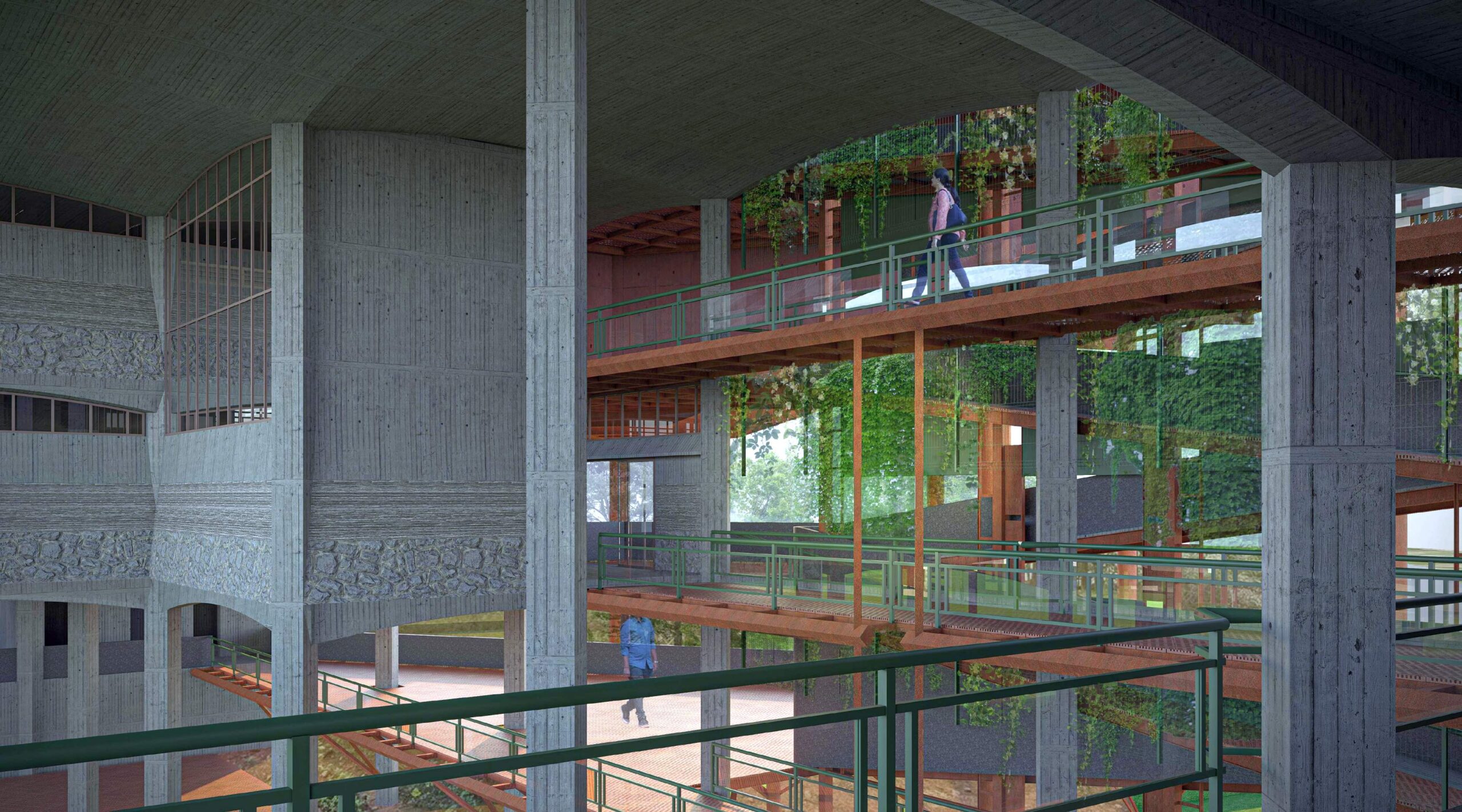
The proposal devotes 10% of the total buildable area to the preservation of the shared ‘wild green’ and the red ground. “We call this allocated 10% the ‘conscience’”, Anthill Design’s brief states.

The requirements from the Council of Architecture’s brief constitute about 33.5% of the maximum permissible built-up area. Another 25% was utilised for structure and circulation, along with ancillary functions (a Gym, Common Games Room, Laundry Facilities etc.) that added another 7.8%. To this 6.5% of the Built-up Area was added for the expected functional expansion mentioned in the brief, while another 8.9% was distributed across all other functions for the same kind of expansion. This left an excess of approximately 18% of the FSI unused for future use.

Elements of Play
- The floor: With a change in the level, the floor changes
- The Partition Walls: It is not functionally possible to always divide spaces in alignment with the structural grid. As a result, internal walls will undulate to the profile of the vault or end lower to avoid an awkward curve
- Furniture and Interior fitment: This is to be designed to alternate between a rawness in keeping with the landscaped areas outside, the industrial aesthetic of the ramp or the water tank and the finesse that is becoming of the office of a president of a national institution. Spaces like the library and the auditorium must surprise with a velvet fineness.
- The Infrastructure: All the infrastructure is explored for their formal (architectural potential. Tanks, drums, ducts, wells, filters, Transformers, chillers pipes, and grating must exuberantly become a part of this space.
- Landscape and Vegetal Matter: Much has been said about this already, but the green is not to be embellishment but a part of the spatial structure of the place.
- PEOPLE
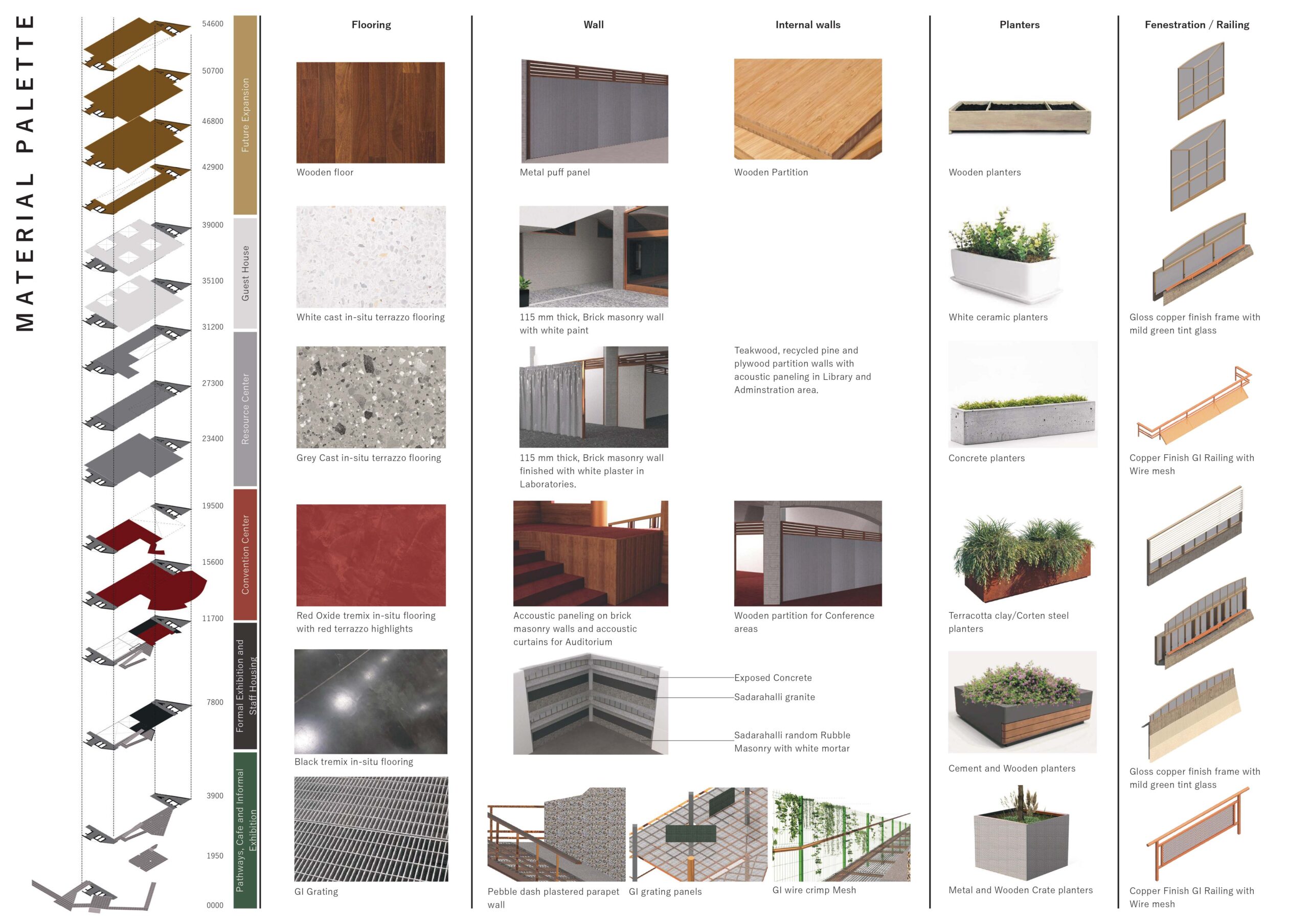
The Architectural Promenade
The architectural promenade is the circulation of the building that is not designed simply in a functional manner but is imbued with a symbolic and social potential within the context of the building.


“All indications from a changing world suggest that architecture is slated for dramatic transformations. The Status Quo of its practice cannot hold. In this context, we imagine the Council of Architecture at the very helm of articulating new definitions for the profession as they require periodic revision to stay responsive and relevant. We imagine the Council of Architecture to be agile, adaptive, internally shape shifting and self-organisational, reflecting the very profession that it aims to outline (and regulate).” Anthill Design
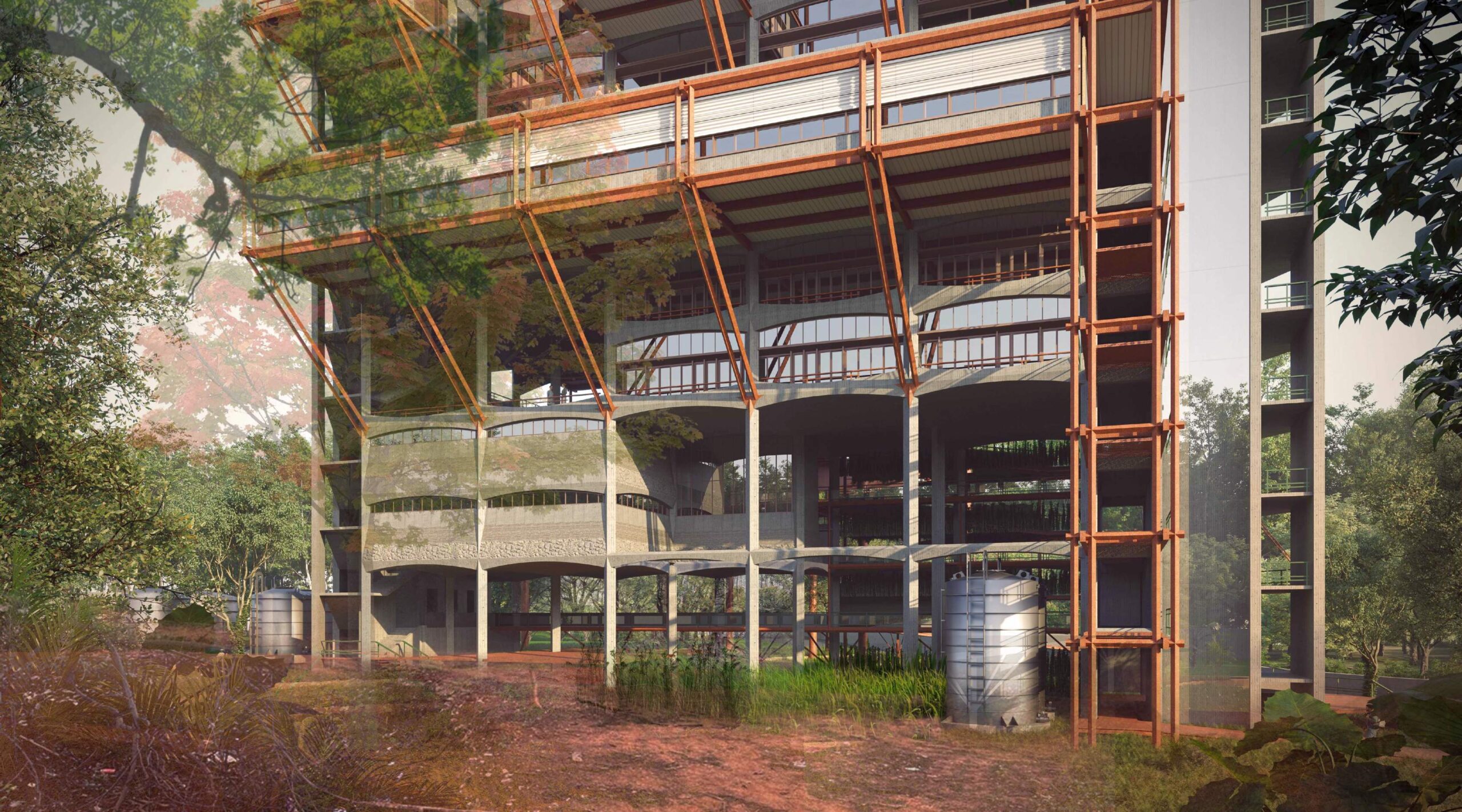
Floorplans



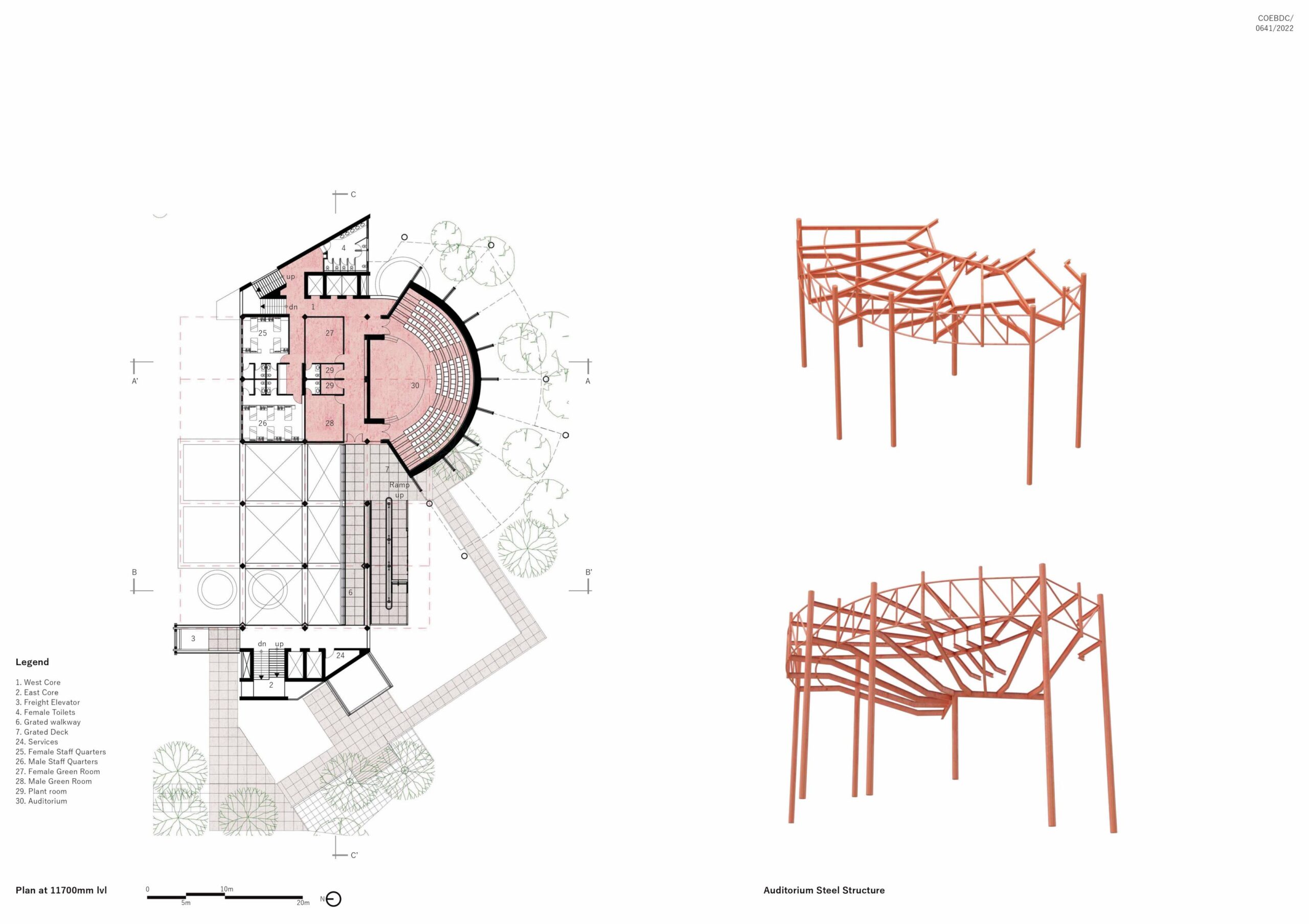
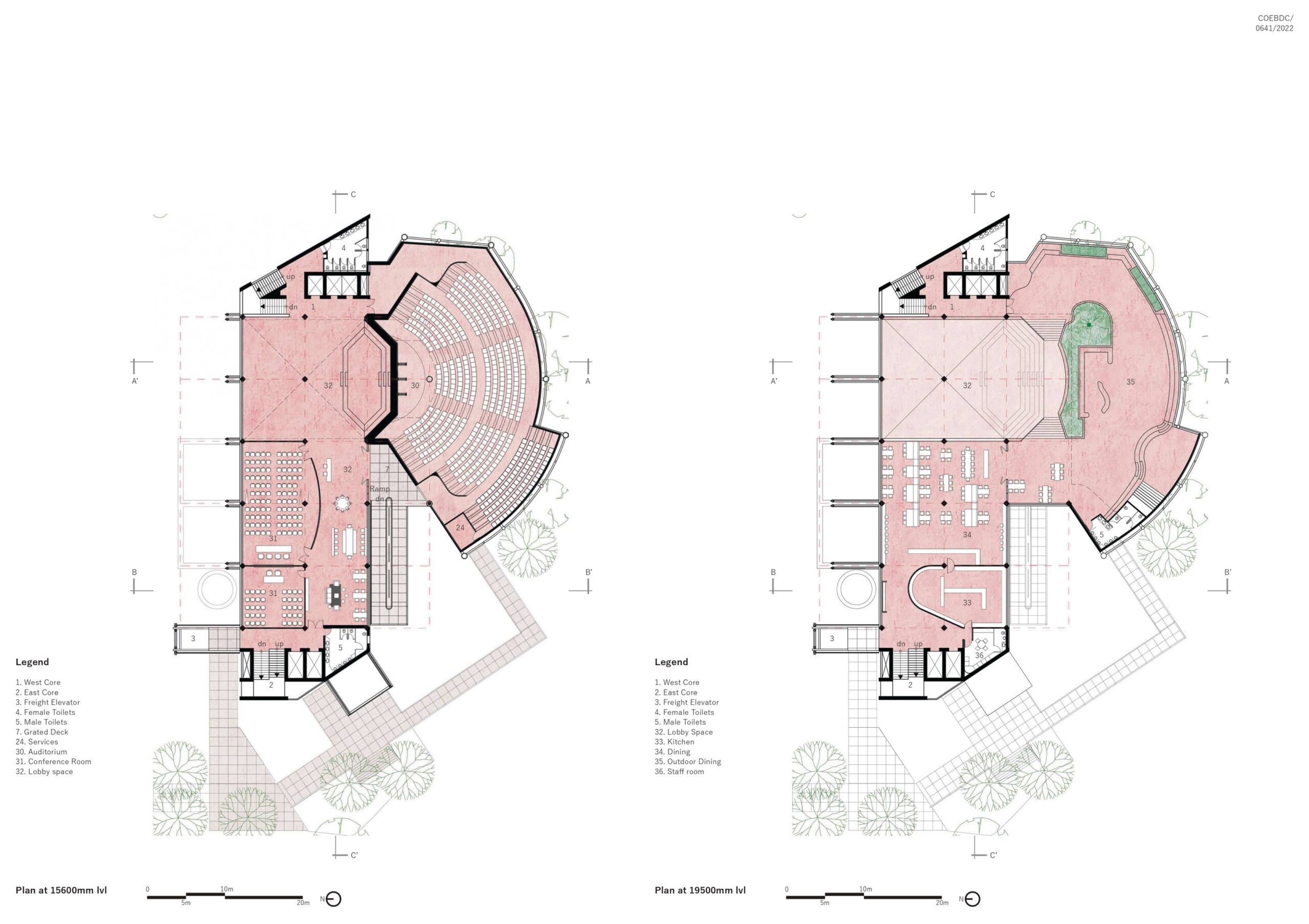
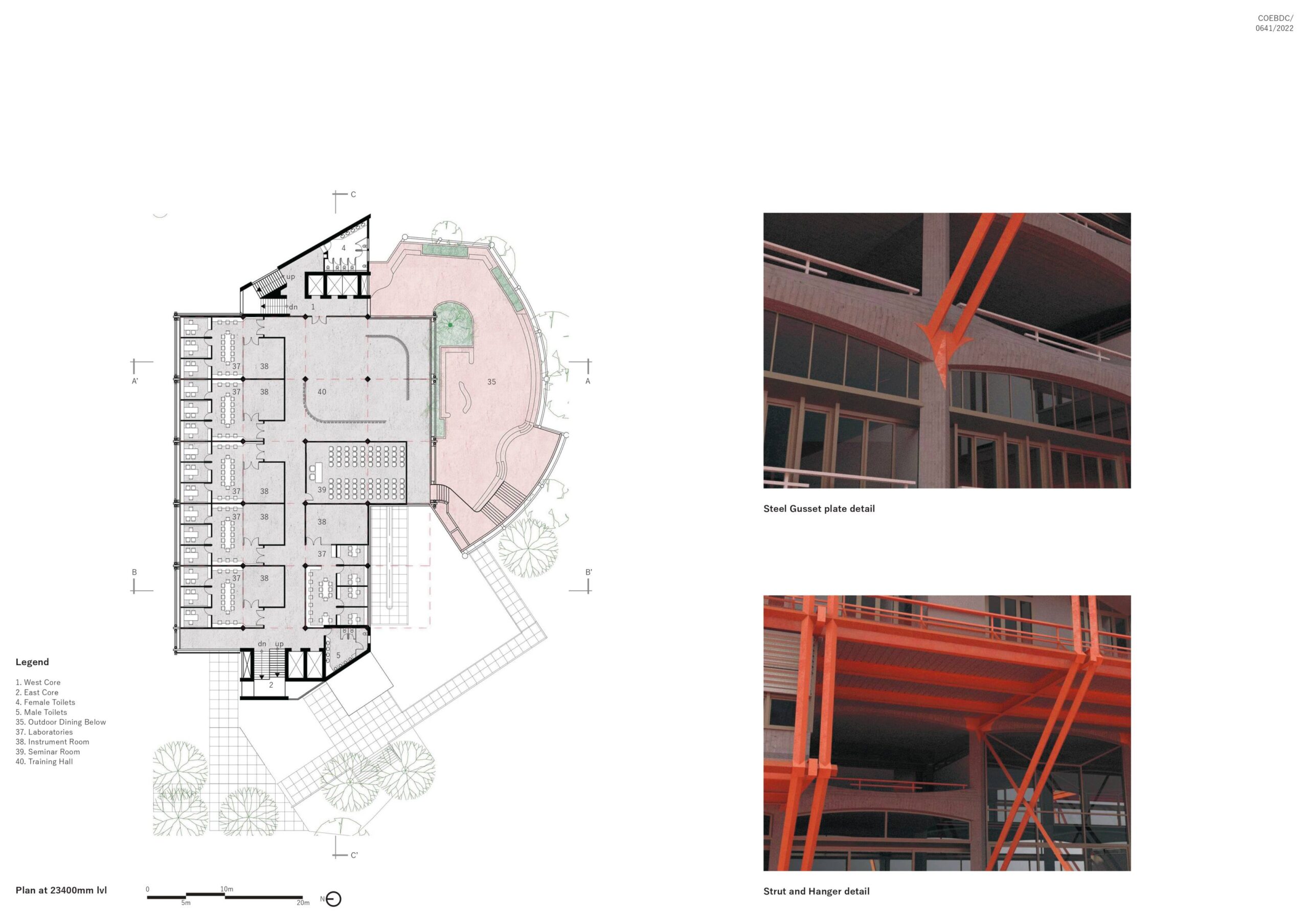

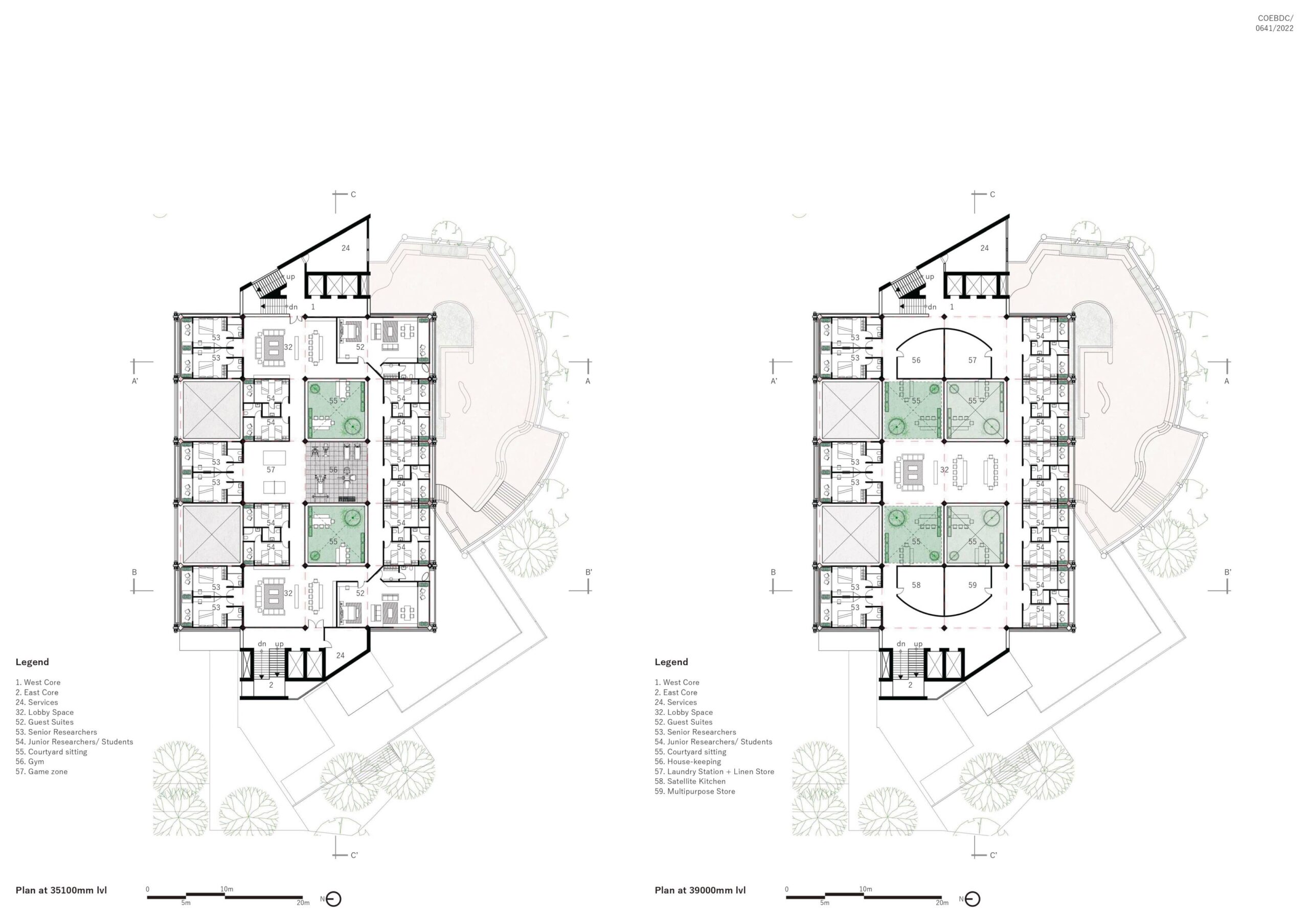
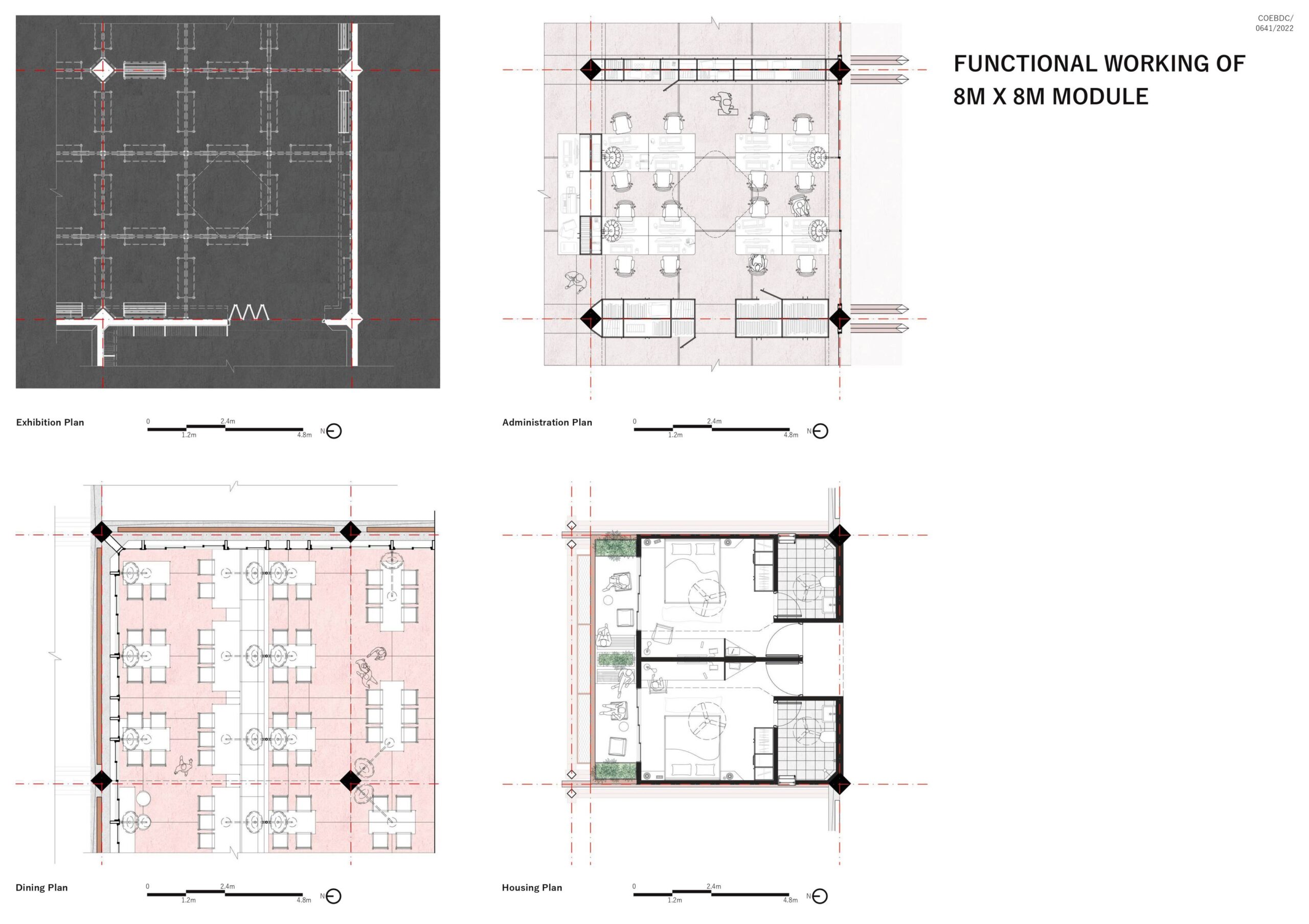
Renders

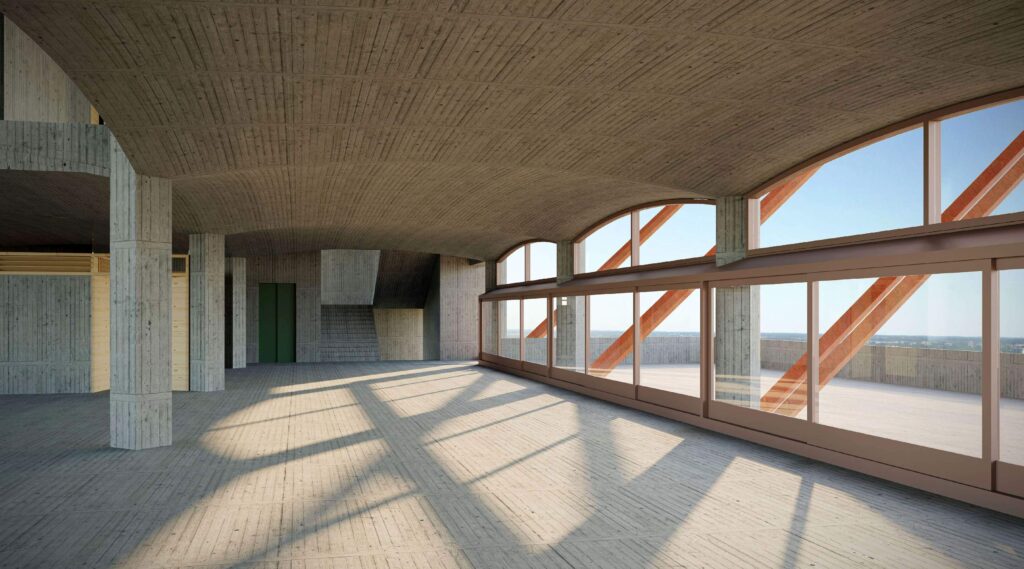
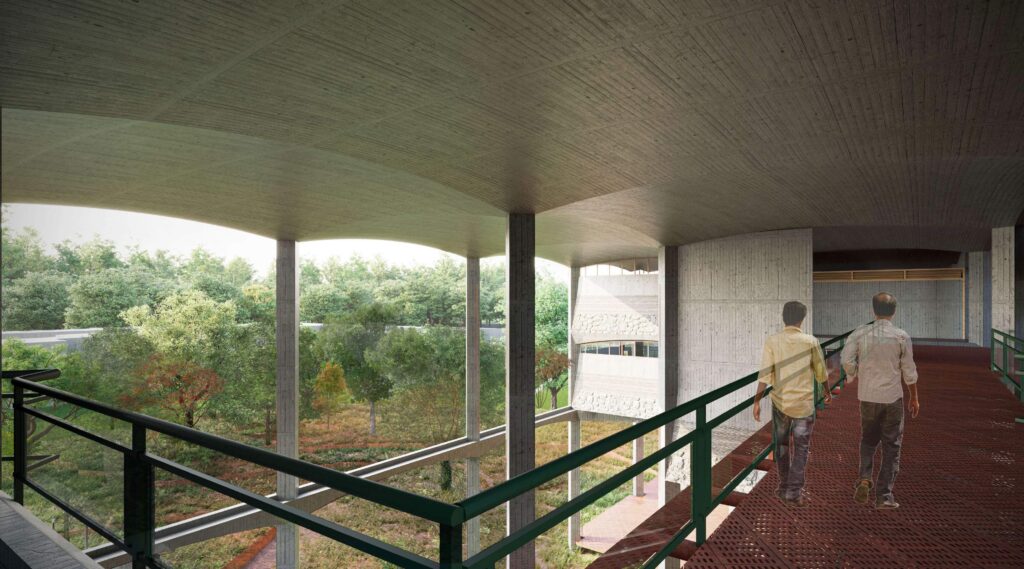




Stage I entry
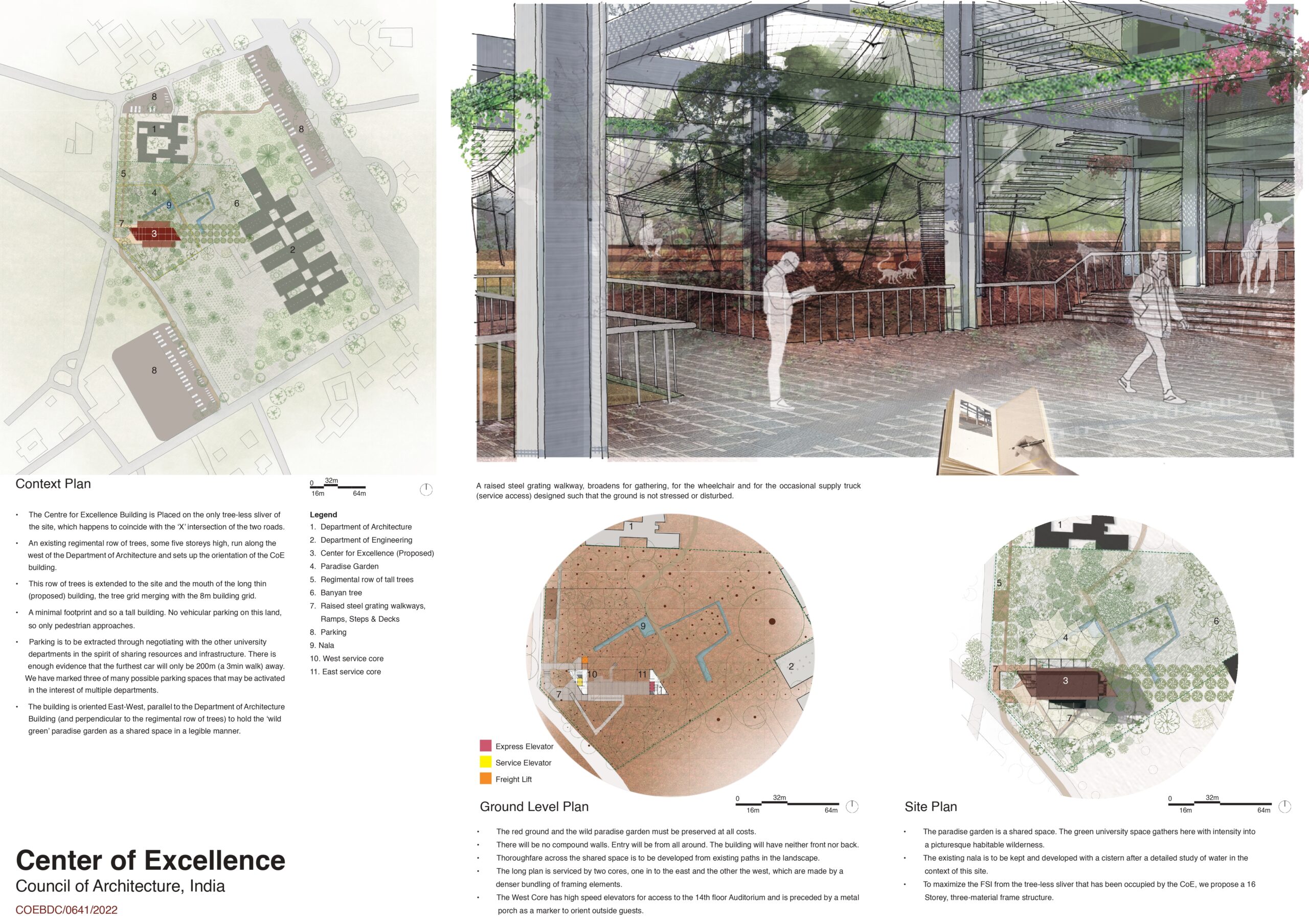

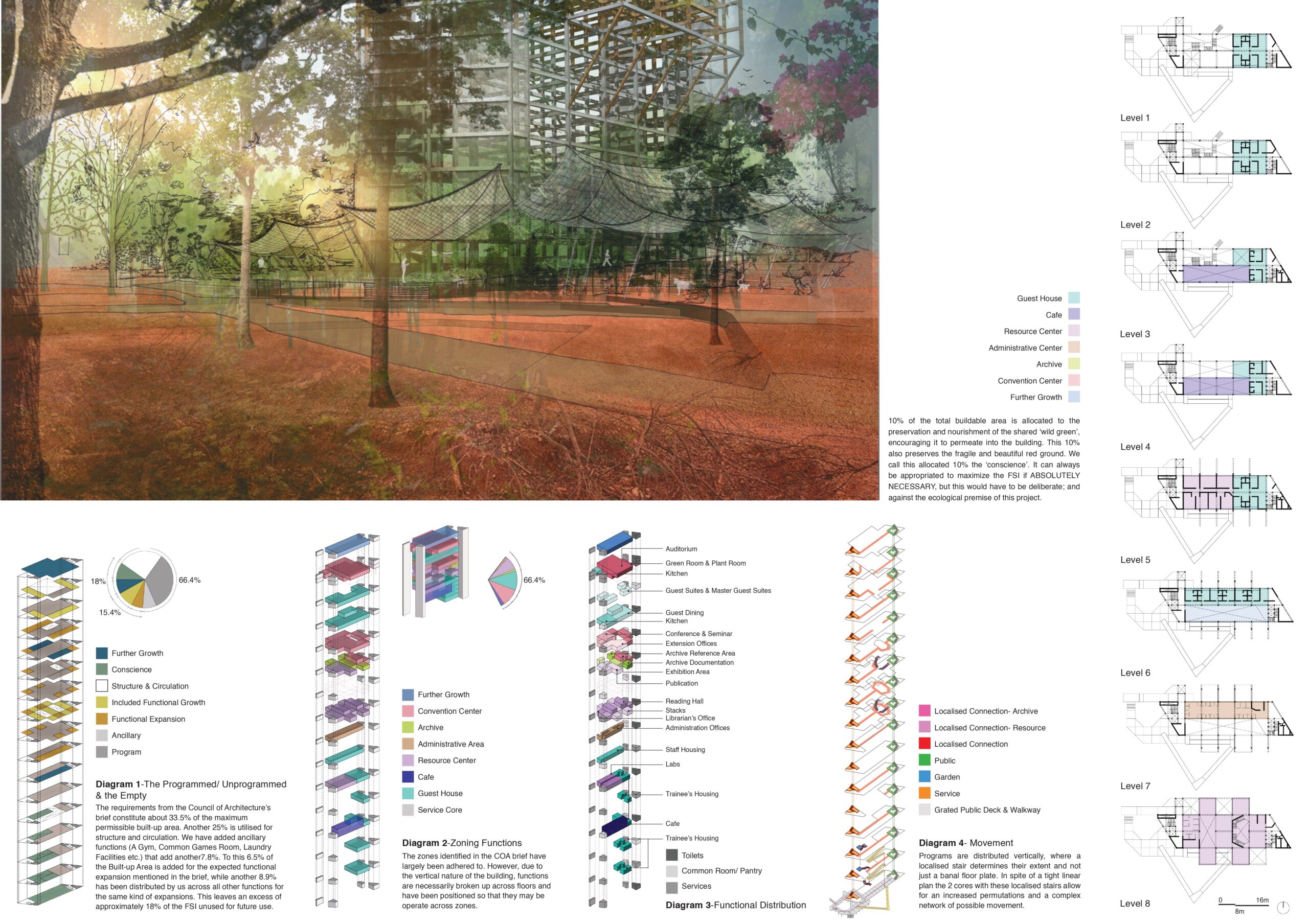

All images courtesy: Anthill Design







